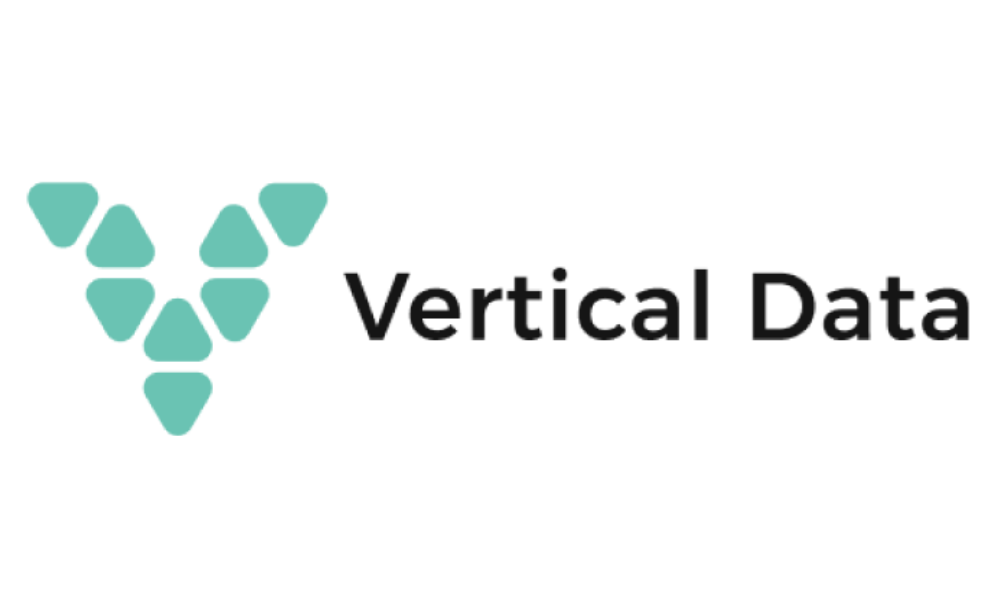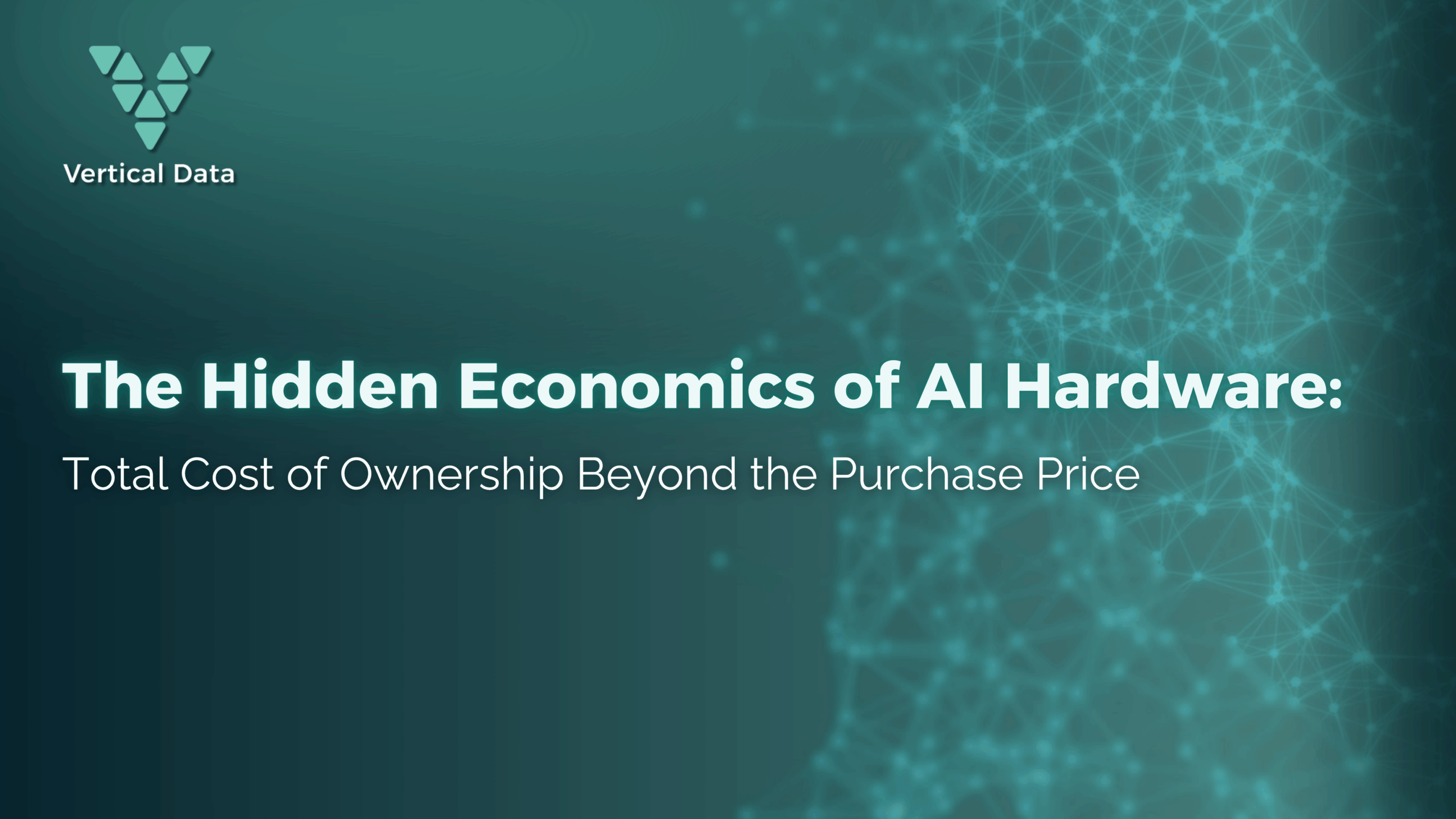When executives see the price tag on enterprise AI hardware, the sticker shock is real. A single H100 GPU can cost upwards of $30,000. But here’s what most decision-makers don’t realize: that purchase price is just the tip of the iceberg.
The real story lies in what happens after you sign the check. Industry data reveals that the total cost of ownership (TCO) for AI hardware can be 3 to 4 times the initial purchase price over a 3-year period. Understanding these hidden costs isn’t just about budgeting, it’s about making strategic decisions that can save your organization millions.
The Power Bill That Never Stops
Let’s start with the most significant hidden cost: electricity. Recent analysis from data center operators found that running 2,000 enterprise AI GPUs costs approximately $2,000,000 annually in power bills alone. That’s $1,000 per GPU per year, just for electricity.
But power consumption goes beyond the GPUs themselves. For every watt your AI hardware consumes, your cooling systems need additional energy to remove the heat. Industry standards suggest that cooling can add 20% to 50% to your total power costs.
In practical terms, if your AI cluster consumes 1 megawatt (MW) of power, you’ll need an additional 200 to 500 kilowatts (kW) just for cooling.
The math becomes sobering quickly. A modest 100-GPU deployment could easily cost $150,000 annually in combined power and cooling expenses, before you factor in peak demand charges and utility rate increases.
The Cooling Challenge Nobody Talks About
Traditional air cooling simply can’t handle the heat density of modern AI workloads. High-performance GPUs generate intense heat in concentrated spaces, forcing many organizations to invest in liquid cooling systems that can cost $50,000 to $200,000 per rack.
These cooling upgrades often require facility modifications, specialized maintenance contracts, and trained personnel. What started as a hardware purchase quickly becomes a facilities project with ongoing operational complexity.
The Talent Premium
AI hardware doesn’t manage itself. Organizations need specialized talent to deploy, optimize, and maintain these systems. The average salary for an AI infrastructure engineer ranges from $150,000 to $250,000 annually, and these professionals are in extremely high demand.
Many companies underestimate the learning curve. Even experienced IT teams may require months to become proficient with AI-specific hardware configurations, monitoring tools, and optimization techniques. During this ramp-up period, expensive hardware often runs at suboptimal efficiency.
Maintenance and Replacement Reality
Enterprise AI hardware operates under intense workloads that accelerate wear. While consumer GPUs might last 5 to 7 years, enterprise AI accelerators typically need replacement every 3 to 4 years to maintain competitive performance.
Maintenance contracts for AI hardware typically cost 15% to 25% of the purchase price annually. For a $3,000,000 hardware investment, you’re looking at $450,000 to $750,000 per year in maintenance costs alone.
The Utilization Gap
Perhaps the most expensive hidden cost is underutilization. Industry studies suggest that many AI hardware deployments operate at only 30% to 60% capacity due to workload scheduling inefficiencies, development cycles, and resource allocation challenges.
When a $30,000 GPU sits idle 40% of the time, you’re essentially paying $12,000 annually for unused capacity. Multiply that across a large deployment, and the waste becomes staggering.
Space and Infrastructure Costs
AI hardware requires specialized data center space with higher power density, enhanced cooling, and redundant systems. Premium data center space can cost $200 to $300 per kilowatt per month.
A 1-megawatt AI deployment could require $2.4 million to $3.6 million annually just for colocation space.
Making Smarter Decisions
Understanding these hidden costs changes the conversation entirely. The question shifts from:
“Can we afford the hardware?“
to
“Can we afford to own and operate it efficiently?“
Smart organizations are exploring alternatives that address total cost of ownership from day one. Managed AI infrastructure services, flexible financing models, and purpose-built solutions can dramatically reduce hidden costs while providing access to cutting-edge technology.
The key is looking beyond the purchase price to understand the full economic picture. When you factor in power, cooling, talent, maintenance, and opportunity costs, the true cost of AI hardware ownership becomes clear, and the value of strategic alternatives becomes compelling. Your AI ambitions shouldn’t be limited by infrastructure economics. By understanding the complete cost picture, you can make decisions that accelerate innovation while protecting your bottom line.


